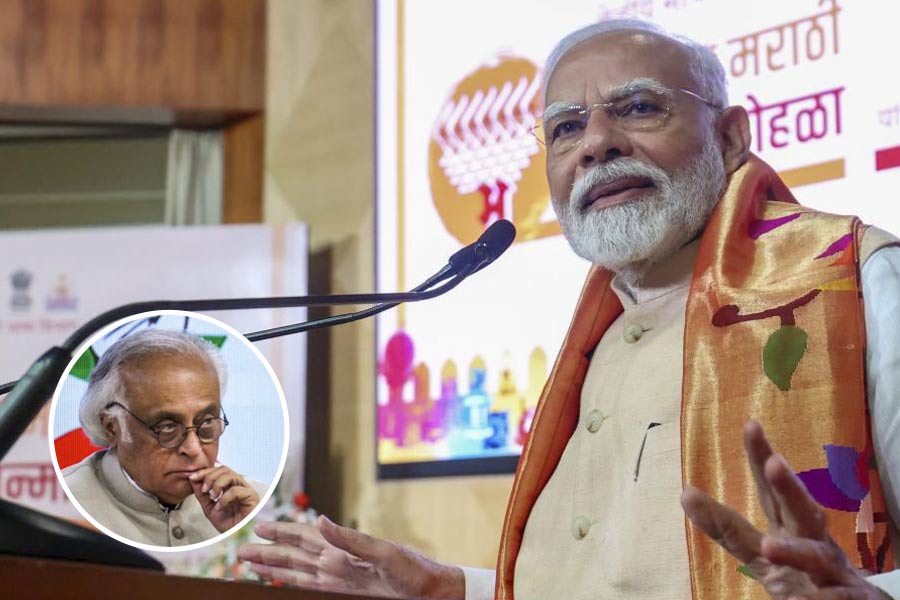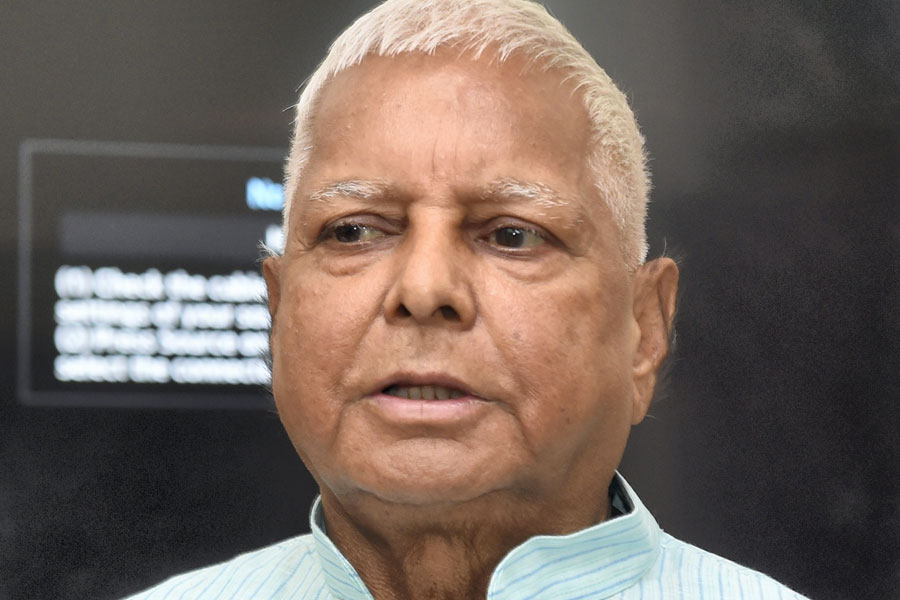India, Bangladesh and Southeast Asian countries are all feeling the economic strain spurred by the war. India's edible oil market and exports are suffering, while Bangladesh-Russia trade has taken a hit over sanctions.
As the war in Ukraine enters its third week, the economic impact is beginning to be feltacross the world, including in Asia. In India, the edible oil market, which depends heavily on Russian and Ukrainian imports, has been hit hard, while the Bangladeshi economy is also reeling from the impacts of the war. Southeast Asian states, while not directly impacted heavily, will also feel the indirect effects of the war in Ukraine.
India's edible oil market gets more than 80% of its sunflower oil from the Russia and Ukraine. According to rating agency Crisil, India consumes about 25 million tons of edible oil each year, of which it imports about 55% in total, making it the largest importer of edible oils in the world.
From November to February this year, India imported 843,377 tons of sunflower oil, about 85% of which came from Ukraine, 14.3% from Russia and the rest from Argentina, according to the Solvent Extractors' Association of India, a vegetable oil industry body.
Additionally, wheat prices have spiked due to an extraordinary global demand over fears that the Russia-Ukraine war could adversely impact supplies of the grain. The two countries account for 25% of the international wheat trade.
"India's consumer inflation reading has just crossed 6%, which is the upper limit of the central bank, the Reserve Bank of India's comfort zone," economic analyst M K Venu told DW.
The restrictions on the movement of ships in the Black Sea have also affected India's exports to Commonwealth of Independent States (CIS) countries due to the inadequacy of shipping lines.
Sanctions impact Indian exports
The sanctions implemented by the West on Russian banks from accessing SWIFT have also affected Indian exporters, and the Indian government is still in the process of working out a rupee-rouble trade arrangement, so it can ease cross-border transactions.
Indian exporters are worried as they have payments of $400-600 million (€362-€543 million) pending in Russia.
"Major supplies of sunflower oil come from Ukraine, and 13% of India's export of tea went to Russia. India is also a significant importer of phosphatic fertilizers from Russia," economist Lekha Chakraborty at the National Institute of Public Finance and Policy, told DW.
The jump in global fuel prices since the beginning of the conflict in Ukraine has only added to India's challenges. Officials pointed out that the Indian Oil Corporation Limited has signed a deal with a Russian oil company to import 3 million barrels of crude.
India depends on imports for about 80% of its oil needs, with 3% of that coming from Russia. India's oil and petroleum imports from Russia amount to nearly $1 billion.
Bangladesh takes economic hit
Meanwhile, the economy in Bangladesh is already feeling the sting of the ongoing war. The leap in oil prices in the world market has hiked the country's other commodity prices and is also reflected in the cost of doing business.
In the middle of March, state-owned Bangladesh Petroleum Corporation (BPC) estimated an incurred loss of about €2 million per day. Exporters reported an elevated cost of shipping and other related expenses, especially on the part of ready-made garment (RMG) exporters, which account for 80% of Bangladesh's export business.
"We were already facing price increases on raw materials and shipping during COVID. It has further increased due to the war-induced oil price hikes," Mohammad Hatem, the first vice president of the Bangladesh Knitwear Manufacturers and Exporters Association (BKMEA), told DW.
"Before COVID, the cost was around $1,500-1,800 to ship a 40-foot container to Hamburg. Now it costs $10,000," Hatem added.
"The economic impact is twofold," Dr. Zahid Hussain, former lead economist of the World Bank's Bangladesh chapter, told DW, citing both internal inflation and a rise in import prices.
Initially, trade between Bangladesh and Russia was also impaired due to the sanctions placed on Russian banks. However, Bangladeshi exporters have found an alternative way, through China, to continue the trade with Russia.
Bilateral trade between Bangladesh and Russia has accounted for $1.14 billion in the last fiscal year (FY21). In that year, Bangladesh exported products worth over $665 million to Russia.
Though this is only 1% of Bangladesh's total global trade (worth over $104.35 billion), Russia is considered to be an emerging market for the South Asian nation.
"To keep the trade with Russia alive through Chinese gateways is a temporary solution. I don't think it will be sustainable," Hussain told DW. "Bangladesh's major trade is with the European Union, United States and Australia. Even with China, Bangladesh uses SWIFT."
Southeast Asia to have easier time of it
Meanwhile, the effects won't be felt as strongly in Southeast Asia. Russia was only the ninth largest trade partner of Southeast Asia in 2019, when trade was worth a paltry €17 billion, and there are few major Russian investments that could be jeopardized by the severe sanctions imposed on Russia's economy and its financial institutions because of the invasion launched on February 24 by Vladimir Putin, the Russian president.
Its two historic partners in the region, Vietnam and Laos — who were the only two Southeast Asian states that abstained over a recent UN General Assembly resolution against Russia's invasion — are arguably the most at risk in terms of trade. Yet Russia and Ukraine make up less than 4% of Vietnam's total annual trade, according to Vietnamese government data.
'Little-to-no impact on Vietnam'
"We see little-to-no impact on Vietnam's financial sector," said Thu Nguyen, the head of investment at VinaCapital, one of Vietnam's largest investment management firms. While it's possible that the war in Ukraine could lead to an inflation spike, the situation is under control right now, she added.
But as with the rest of Southeast Asia, it will be indirect impacts of the Ukraine war — from the disruption of the global supply chains, and rising energy and food prices — that will be critical, especially since the Vietnamese economy "is very vulnerable to external shocks," said Nguyen Khac Giang, an analyst at the Victoria University of Wellington.
Fuel prices have been at their highest on record since last week, he noted. That's good news for Vietnamese firms producing oil and gas offshore as well as for the state coffers: government revenue from crude oil increased by 57% in the first two months of the year, according to a Ministry of Finance statement. But it will constrain the self-employed and small-business owners, and is likely to push up export costs for many of Vietnam's manufacturing industries.
In the first six months of 2021, Russia became the largest meat supplier to Vietnam as exports rose year-on-year by more than 450% to around $100 million. The war's impact on agriculture is a concern for the rest of the region, too. Russia and Ukraine provide around 15% of the wheat, oats, and other cereals consumed in Southeast Asia. Indonesia is the fourth-largest importer of wheat from the two countries, while the Philippines is tenth. Russia provides nearly 10% of the region's fertilizer.
Perhaps most worrying for Vietnam, it is now one of the most interconnected countries in the world economy. Its trade-to-GDP ratio, at 210%, is among the top 10 globally. Vietnam's rising tech export industry is also expected to be hit by a downturn in exports from Russia, mainly of nickel, krypton, aluminum, and palladium, all used for semiconductors.
From Deutsche Welle Newsfeed










